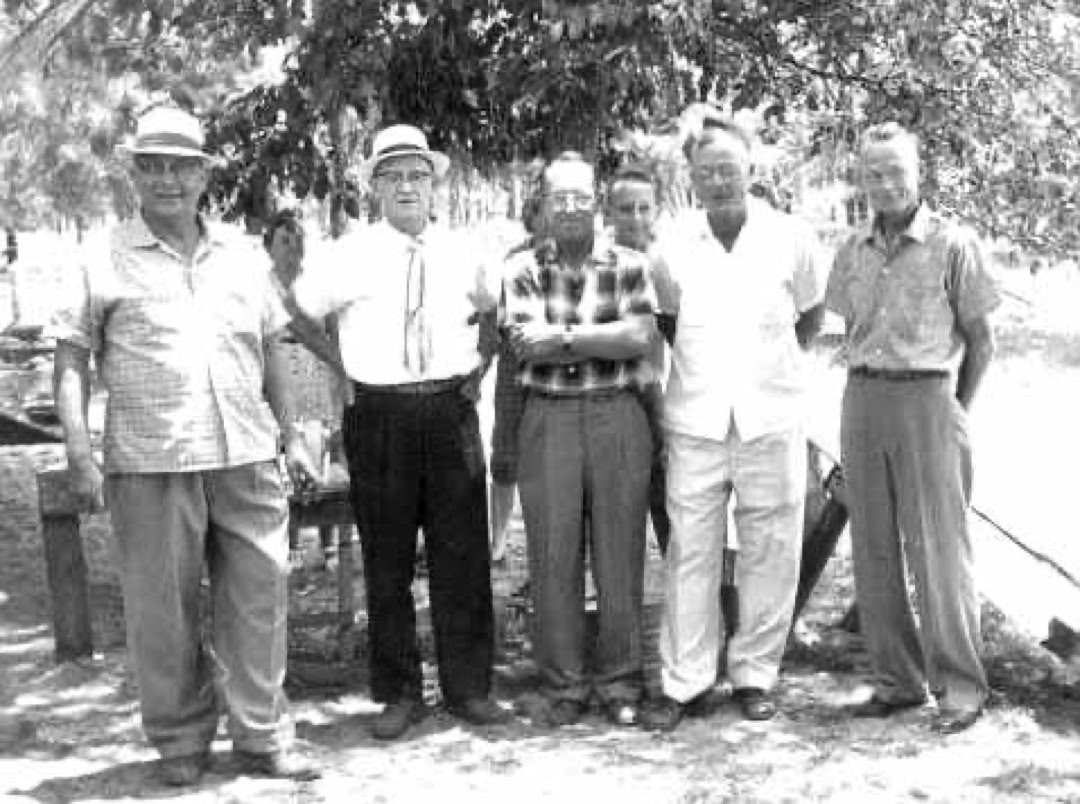Ghost Towns of Florida
The author recalls the history of two towns that my Krimminger Jones and Severance ancestors helped settle.
Shown are 4 great uncles, 1 uncle and 1 Severance cousin in the background.

Ghost Towns of Florida
The author recalls the history of two towns that my Krimminger Jones and Severance ancestors helped settle.
Shown are 4 great uncles, 1 uncle and 1 Severance cousin in the background.

Old Troy - New Troy
“Ghost Towns of Florida”